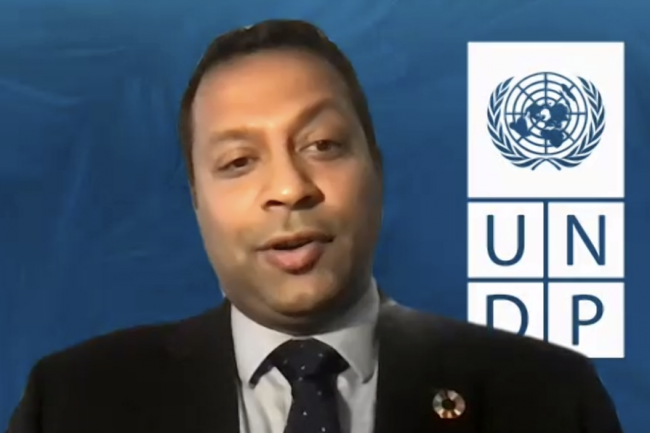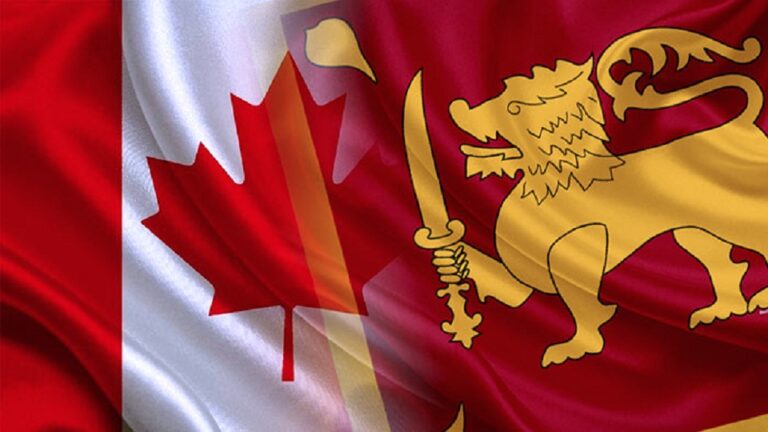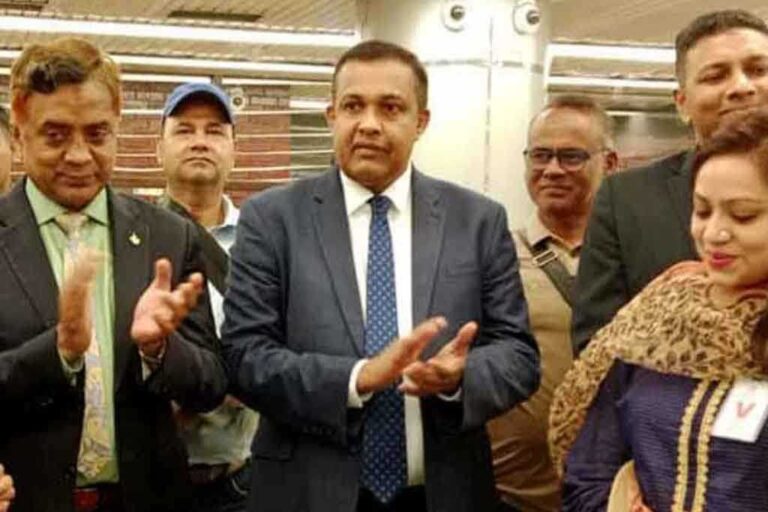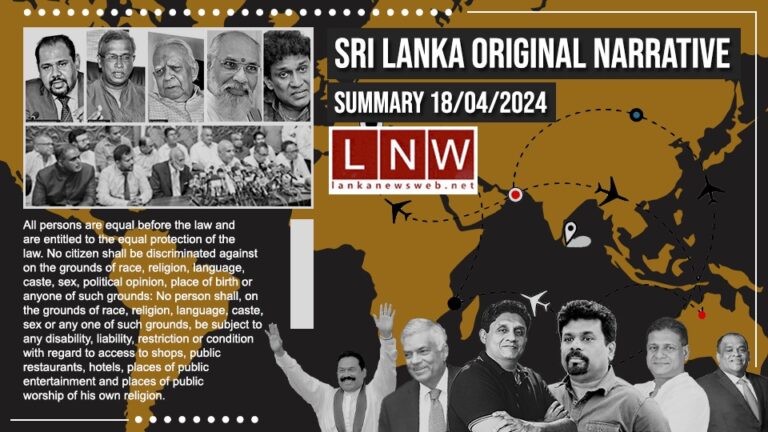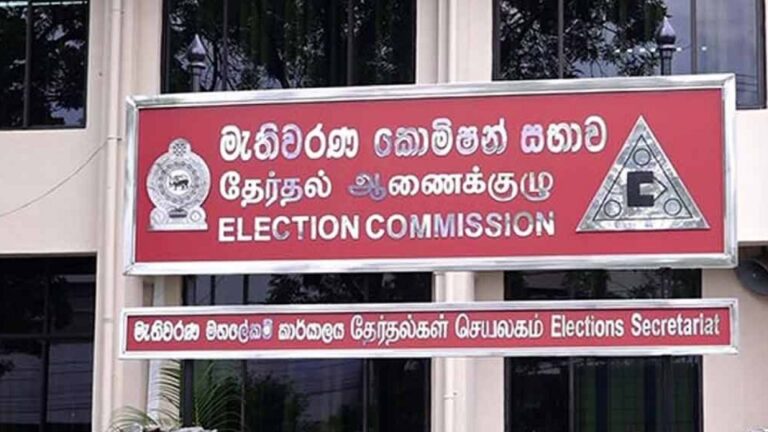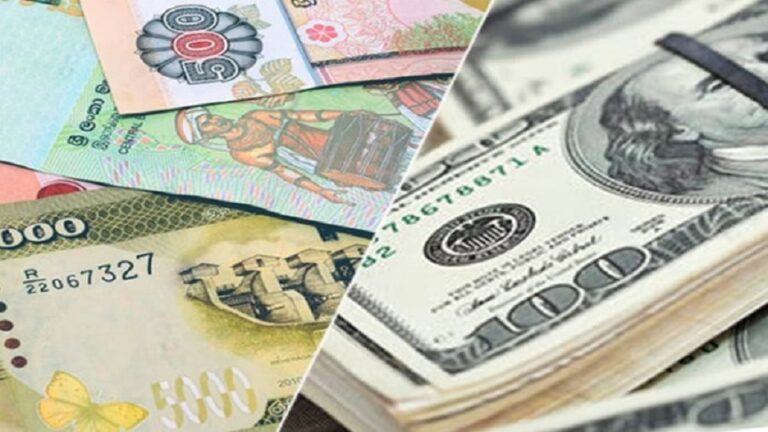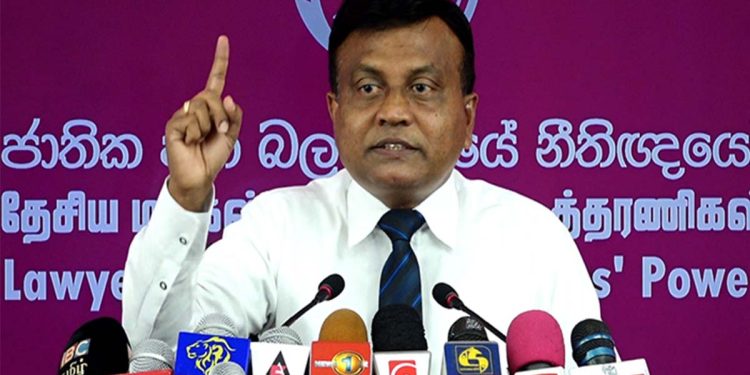April 18, Colombo (LNW): In response to a surge in reports, the Sri Lanka Computer Emergency Readiness Team (CERT) has intensified its efforts to address a concerning trend of scams proliferating within WhatsApp groups.
Charuka Damunupola, the Lead Information Security Engineer at Sri Lanka CERT, shed light on the nature of these scams, revealing that they often exploit the reputations of reputable brands and companies.
The fraudulent activities reported to Sri Lanka CERT involve the unauthorised addition of individuals’ WhatsApp numbers to groups without their explicit consent.
This unauthorised inclusion not only violates users’ privacy but also exposes them to potential risks associated with deceptive practices within these groups.
Damunupola emphasised the insidious nature of these scams, which frequently masquerade under the guise of legitimate businesses or well-known brands.
Such deceptive tactics aim to lure unsuspecting individuals into joining these groups under false pretenses, often promising lucrative offers or exclusive deals.
The prevalence of these scams underscores the importance of vigilance and caution among WhatsApp users, particularly when encountering invitations to join unfamiliar groups.
Sri Lanka CERT advises individuals to exercise discretion and refrain from sharing personal information or engaging in financial transactions within these groups without verifying their authenticity.




